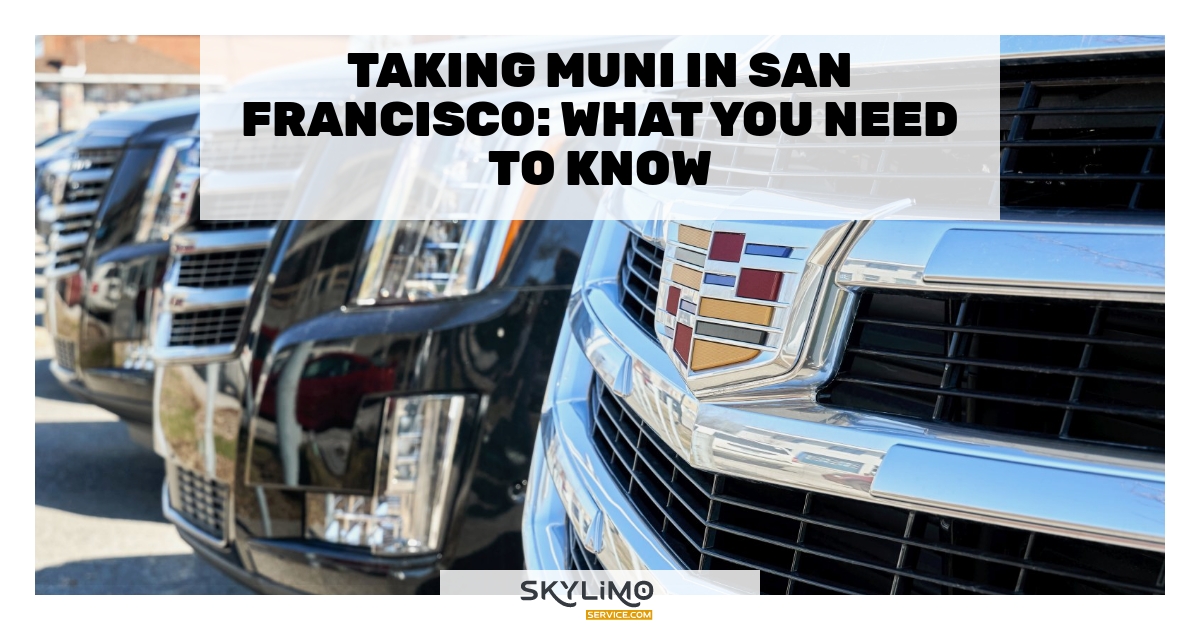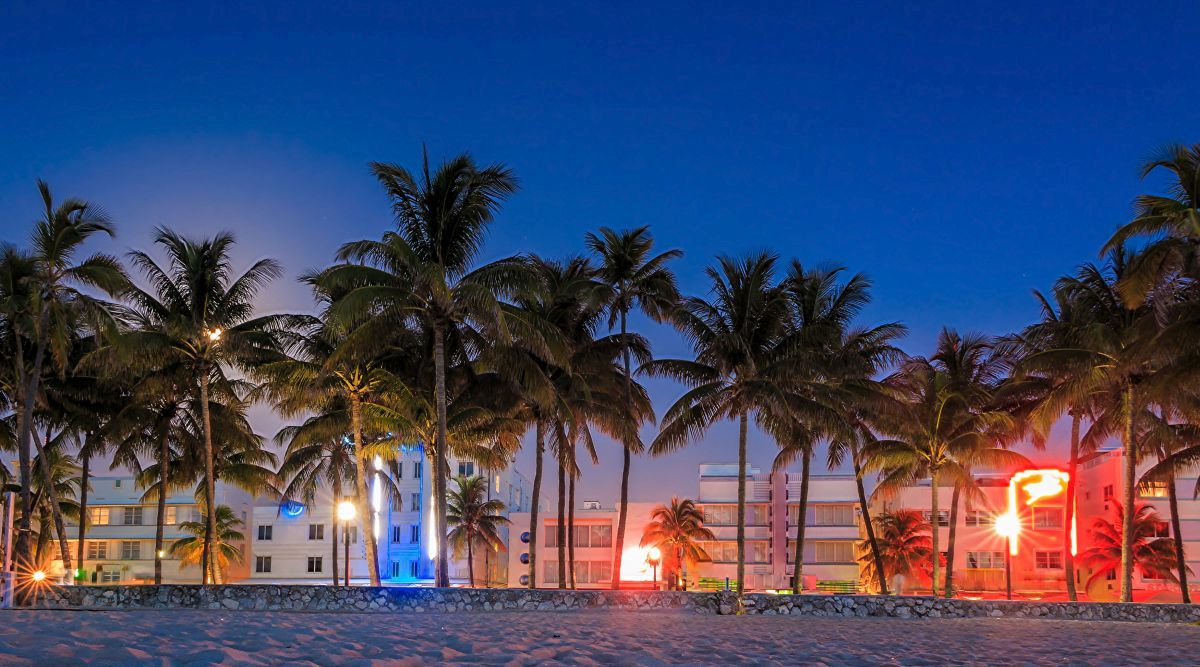-
Learn more:
- Taking Muni in San Francisco: What You Need to Know
- Understanding the Muni Network
- Purchasing Tickets and Passes
- Navigating the Muni System
- Frequently Asked Questions (FAQ)
- Conclusion
- Read more:
- Table: Transportation Methods and Their Strengths and Weaknesses
- Meta Title: Taking Muni in San Francisco: A Comprehensive Guide to Public Transportation
- Meta Description: Discover everything you need to know about taking Muni in San Francisco, from navigating the routes to purchasing tickets and passes. Plan your journey with ease and explore the city’s vibrant neighborhoods and iconic landmarks.
Taking Muni in San Francisco: What You Need to Know
San Francisco’s Municipal Railway, commonly known as Muni, is a vital transportation system that serves residents and visitors alike. With its extensive network of buses, light rail vehicles, and historic streetcars, Muni provides a convenient and eco-friendly way to navigate the city. Whether you’re a first-time visitor or a seasoned local, understanding how to use Muni effectively can greatly enhance your experience in San Francisco. In this article, we will explore everything you need to know about taking Muni, from navigating the routes to purchasing tickets and passes.
Understanding the Muni Network
Muni operates an extensive network of buses, light rail vehicles (LRVs), and historic streetcars that cover the entire city of San Francisco. The network is divided into various lines, each designated by a letter, number, or color. Some of the most popular Muni lines include:
- F Market & Wharves: This historic streetcar line runs along Market Street and the Embarcadero, offering stunning views of the city’s iconic landmarks.
- 38 Geary: One of the busiest bus lines in San Francisco, the 38 Geary connects the Richmond District to downtown.
- J Church: This light rail line serves neighborhoods like Noe Valley, Dolores Heights, and the Castro.
- 5 Fulton: The 5 Fulton bus line connects the western neighborhoods of San Francisco to downtown.
Each Muni line has its own schedule, frequency, and operating hours. It’s important to familiarize yourself with the routes and schedules of the lines you plan to use to ensure a smooth journey.
Purchasing Tickets and Passes
Before boarding a Muni vehicle, you need to have a valid ticket or pass. Here are the different options available:
- Single Ride Ticket: If you’re taking a one-time trip, you can purchase a single ride ticket from ticket vending machines located at major Muni stations. These tickets are valid for 90 minutes from the time of purchase and allow unlimited transfers within that time.
- Clipper Card: The Clipper Card is a reloadable smart card that can be used on various public transportation systems in the Bay Area, including Muni. It offers discounted fares and allows for easy transfers between different modes of transportation. You can purchase and load value onto a Clipper Card online, at select retail locations, or at Muni Metro stations.
- MuniMobile App: The MuniMobile app allows you to purchase and store tickets on your smartphone. Simply download the app, create an account, and select the ticket type you need. Once purchased, your ticket will be activated and ready to use. The app also provides real-time arrival information and trip planning tools.
- Muni Passports: If you plan to use Muni extensively during your stay in San Francisco, consider purchasing a Muni Passport. These unlimited-ride passes are available for 1, 3, or 7 consecutive days and offer unlimited rides on all Muni vehicles, including cable cars.
It’s important to note that Muni operates on a proof-of-payment system, meaning you may be asked to show proof of a valid ticket or pass at any time during your journey. Failure to provide proof can result in a citation and fine.
Navigating the Muni System
Once you have your ticket or pass, it’s time to navigate the Muni system. Here are some tips to help you get around:
- Plan Your Route: Use online trip planners or smartphone apps to determine the best route for your destination. These tools provide real-time arrival information, route maps, and alternative options.
- Know the Stops: Familiarize yourself with the names and locations of the stops along your route. Muni vehicles typically announce major stops, but it’s always helpful to know where you need to get off in advance.
- Boarding and Exiting: When boarding a bus or streetcar, enter through the front door and pay your fare or show your ticket to the operator. When exiting, use the rear door if available.
- Transfers: If you need to transfer to another Muni line or mode of transportation, ask the operator for a transfer ticket when boarding. Transfers are valid for 90 minutes and allow you to continue your journey without paying an additional fare.
- Accessibility: Muni is committed to providing accessible transportation for all passengers. Most vehicles are equipped with ramps or lifts for wheelchair access, and priority seating is available for seniors and people with disabilities.
Frequently Asked Questions (FAQ)
Here are some frequently asked questions about taking Muni in San Francisco:
- Q: How much does a single ride ticket cost?
- A: A single ride ticket costs $3 for adults and $1.50 for seniors, youth, and people with disabilities.
- Q: Can I use my Clipper Card on other Bay Area transit systems?
- A: Yes, the Clipper Card can be used on various public transportation systems in the Bay Area, including BART, Caltrain, and AC Transit.
- Q: Are Muni vehicles equipped with bike racks?
- A: Yes, most Muni buses and LRVs are equipped with bike racks that can accommodate up to two bicycles.
- Q: Can I bring my pet on Muni?
- A: Small pets in carriers are allowed on Muni vehicles. However, service animals are always welcome without a carrier.
- Q: What should I do if I lose my ticket or pass?
- A: Unfortunately, lost or stolen tickets and passes cannot be replaced. It’s important to keep them in a safe place.
Conclusion
Taking Muni in San Francisco is a convenient and efficient way to explore the city. By understanding the Muni network, purchasing the right tickets or passes, and familiarizing yourself with the system’s navigation, you can make the most of your Muni experience. Remember to plan your routes in advance, arrive at stops early, and always have a valid ticket or pass. Whether you’re visiting San Francisco for the first time or a long-time resident, Muni is a reliable transportation option that allows you to discover the city’s vibrant neighborhoods and iconic landmarks.
Read more:
For more information on San Francisco’s public transportation system, including tips for using Muni and other modes of transportation, check out our comprehensive guide: [insert link].
Table: Transportation Methods and Their Strengths and Weaknesses
| Transportation Method | Strengths | Weaknesses |
|---|---|---|
| Muni | – Extensive network covering the entire city – Affordable fares – Eco-friendly |
– Can be crowded during peak hours – Delays due to traffic or maintenance |
| BART | – Fast and efficient for longer distances – Connects San Francisco to the East Bay and other regions |
– Limited coverage within San Francisco – Higher fares compared to Muni |

